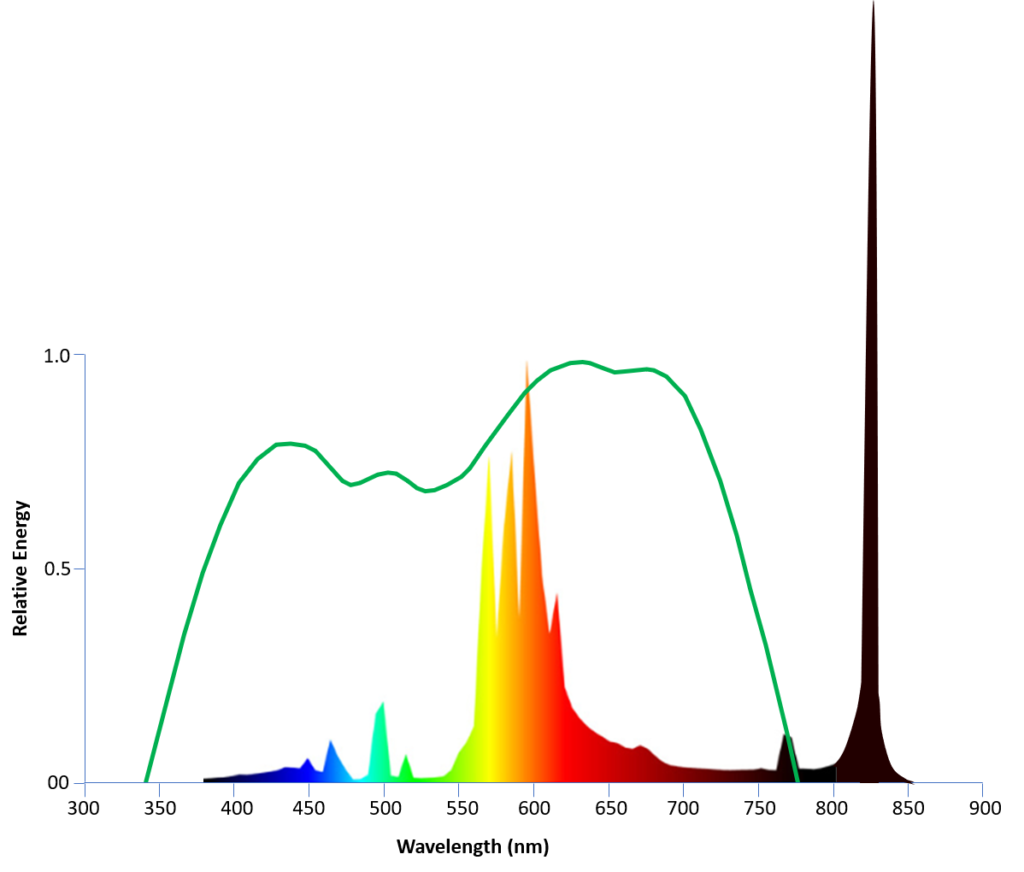wickytokes
New member
I am moving from HPS to LED and kingbrite have a new 2023 model that is
Samsung LM301H Mix Deep Red XP-E2 Dimmable 650W
for $651 total including shipping
is this good value for this type of light and is there anything out there better?
from what I understand the LM301H is the best on the market and the cree 660nm is better than epistar so it seems to me this light is as good as it gets???
Samsung LM301H Mix Deep Red XP-E2 Dimmable 650W
for $651 total including shipping
is this good value for this type of light and is there anything out there better?
from what I understand the LM301H is the best on the market and the cree 660nm is better than epistar so it seems to me this light is as good as it gets???
Last edited:




 we accept 10% blue is a good option.
we accept 10% blue is a good option.




